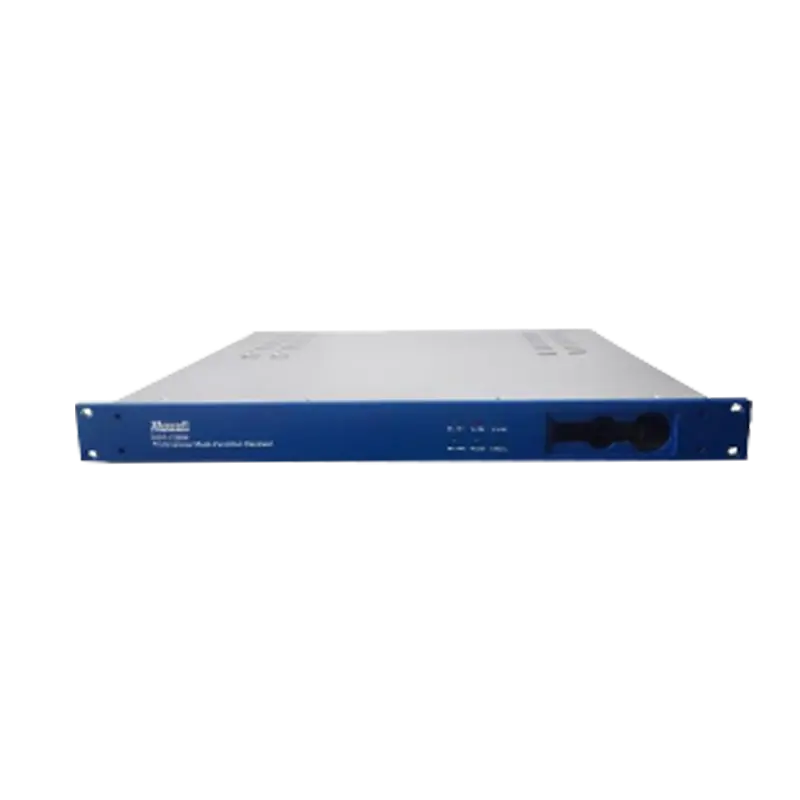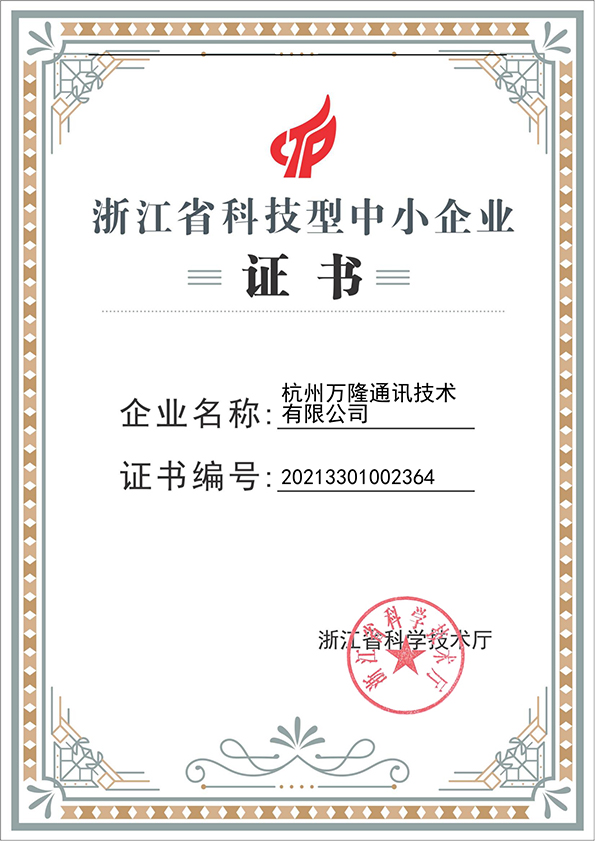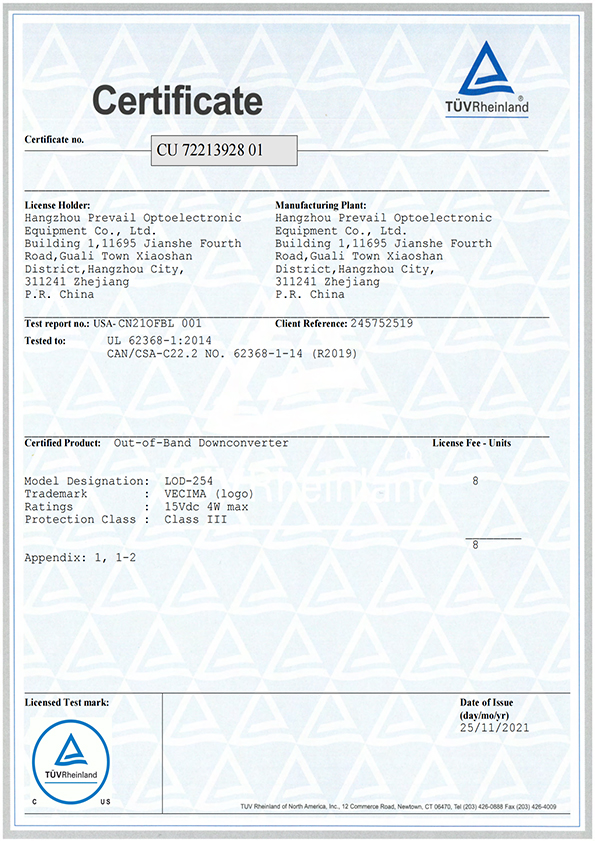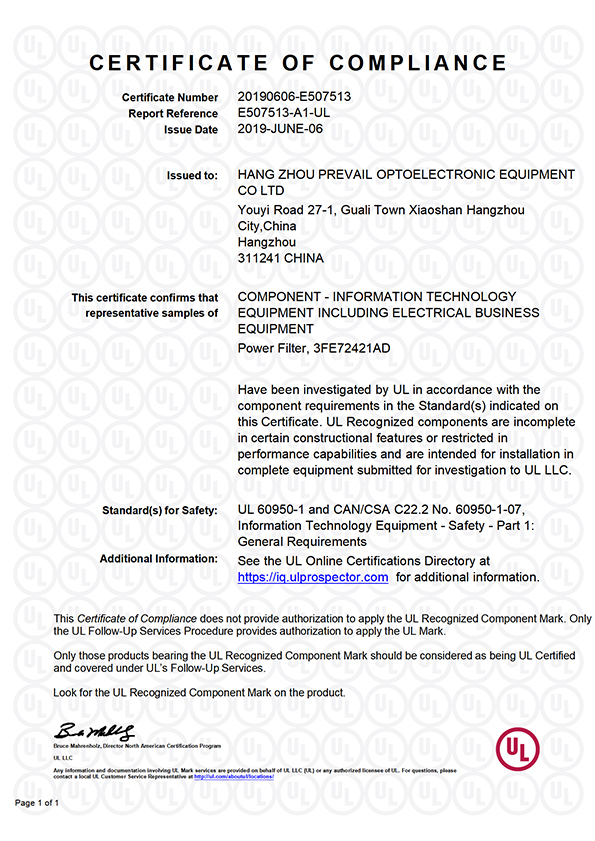How does Receiver Series Headend Equipment demodulate signals of different modulation standards commonly used in digital television?
The demodulation process involves extracting the original digital information from the carrier signal. Here's a general overview of how this is typically achieved:
Modulation Standards Support:
The
Receiver Series Headend Equipment is equipped to support a range of modulation standards commonly used in digital television, such as QAM (Quadrature Amplitude Modulation), OFDM (Orthogonal Frequency Division Multiplexing), VSB (Vestigial Sideband), and others. The equipment is designed to be versatile and compatible with various industry standards.
Automatic Modulation Recognition:
Many modern Receiver Series equipment includes automatic modulation recognition capabilities. This feature enables the equipment to identify the modulation standard used in the incoming signal without manual intervention. It is particularly useful in scenarios where the modulation standard may change dynamically.
Tuning and Frequency Selection:
The receiver allows users to tune into specific frequencies or channels. Depending on the input source (satellite, cable, terrestrial), the equipment adjusts its frequency selection to match the carrier frequencies of the incoming signals.
Demodulation Techniques:
The Receiver Series employs demodulation techniques specific to the modulation standards it supports. For example:
For QAM signals, demodulation involves extracting both amplitude and phase information.
For OFDM signals, demodulation includes the separation of orthogonal subcarriers.
For VSB signals, the demodulation process takes into account the vestigial sideband characteristics.
Symbol Recovery:
After demodulation, the equipment focuses on symbol recovery. In digital communication, information is encoded in symbols, and the receiver must accurately recover these symbols to reconstruct the original data.
Error Correction:
The Receiver Series often includes error correction mechanisms to enhance the reliability of the demodulated signal. Error correction algorithms help mitigate the impact of signal distortions and noise introduced during transmission.
Adaptive Modulation:
Some advanced
Receiver Series Headend Equipment supports adaptive modulation. This feature dynamically adjusts the modulation scheme based on channel conditions. In challenging environments, the equipment may switch to a more robust modulation scheme to maintain signal integrity.
Guard Intervals and Equalization:
For modulation schemes like OFDM, the receiver may employ guard intervals and equalization techniques. Guard intervals help mitigate the effects of multipath interference, while equalization compensates for channel distortions.
Descrambling and Decoding:
If the received signal is encrypted, the Receiver Series performs descrambling to decrypt the content. Subsequently, the equipment engages in decoding, converting the digital information into its original form for further processing and distribution.
Quality of Service Monitoring:
Throughout the demodulation process, the Receiver Series monitors the Quality of Service (QoS) parameters, such as signal strength, Signal-to-Noise Ratio (SNR), and Bit Error Rate (BER), to ensure optimal performance.



















